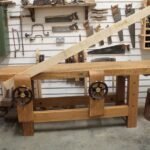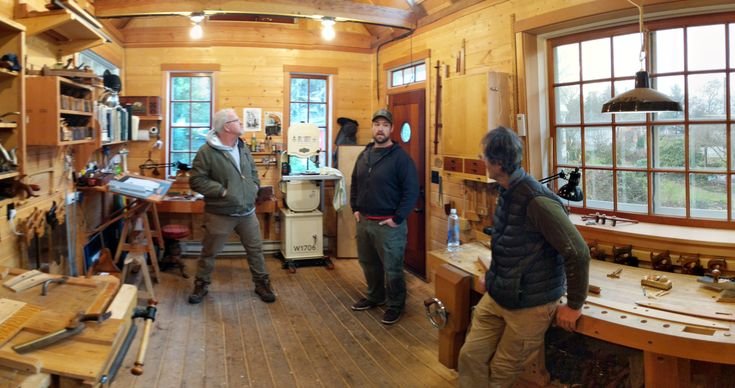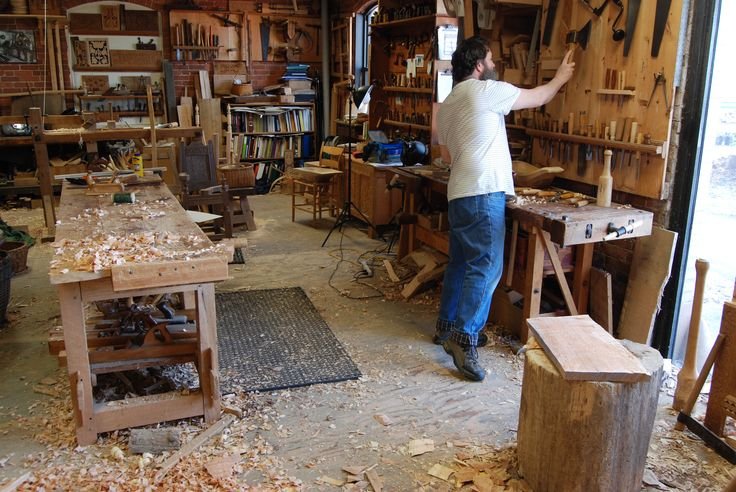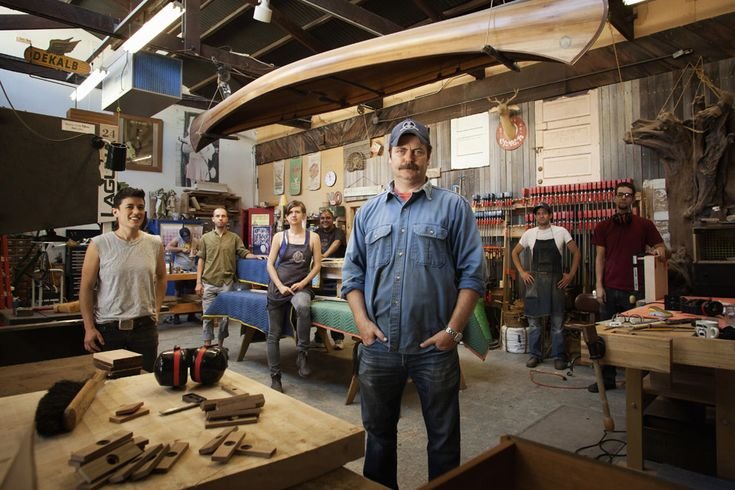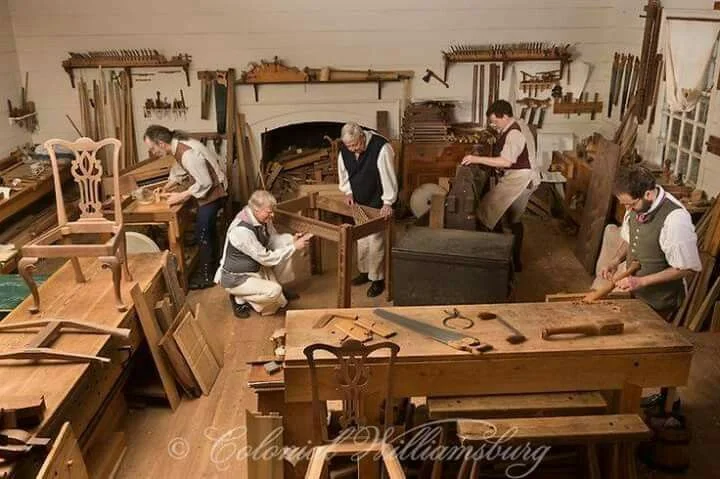My Adventures with Garden Windmills
Well, grab a seat and pour yourself a cup of coffee. I’m gonna tell you about one of my recent woodworking escapades that turned out to be quite the journey. You see, like many folks around here in our little town, I’ve got a soft spot for making things with my hands, and there’s something about the seasons shifting that really gets the creative juices flowing—especially when spring rolls around.
It started last year when I was backpacking with my buddy Dave out in the woods. We stumbled upon this little garden filled with wildflowers and—believe it or not—a windmill made entirely of scraps. The thing was weathered but charming, its blades creaking in the wind. From that moment on, I simply had to build one for my own garden. I envisioned it spinning gracefully and adding a little whimsy to my yard as the flowers bloomed.
Enter the Woodshop
So there I was, armed with a stack of plywood from Home Depot, a can of wood stain that was on sale, and my trusty old circular saw. I ain’t a professional by any stretch; I just do what I can with what I have. I went with ply because it’s relatively cheap and easy to work with, plus, you can’t beat that price on a Saturday morning! Smelled just like fresh-cut wood, the kind of scent that makes you feel all warm and cozy inside.
But boy, did I underestimate how tricky this project would be. I had visions of grandeur, right? I thought, “Hey, it’s just a bunch of pieces; how tough could it be?” So, I started cutting out what I thought would be the base. And, um, let me tell you—me and that circular saw had our moments. I nearly took a finger off because I wasn’t paying attention, just chatting away on the phone with my sister. Hope she never hears that story!
The Design Dilemma
Once I had the base rough-cut, I turned to the design of the blades. Now, I’d seen some designs online, but everything I found felt overly complicated. I thought, “I can make this really simple, right? Just cut some triangles and attach them.” Oh, how I wish someone had intervened and told me that angles matter, especially when you’re trying to balance them on a spinning mechanism.
As I was standing there, measuring, I realized I wasn’t even sure how large I wanted these blades to be. I think my wife came out at that point, saw me scratching my head and measuring twice, and just raised an eyebrow. Yeah, her look said, “You’re overthinking this.” But who doesn’t, right? I laughed, then just went ahead and did what felt good at the moment, which was probably not the best idea.
Building the Thing
The construction phase—ah, this is where it got real. I nailed together the frame (made sure to use those big ol’ nails, not little brads like I sometimes do in the past). Sweet symphonies of banging filled the garage, each bang echoing a sense of progress. The smell of sawdust was everywhere, almost like it was a part of my breakfast. And can I just take a moment to say, if you’re not covered in sawdust, are you even doing woodworking?
Then came the part I’d been looking forward to the most: painting. I grabbed that can of wood stain—with a rich, dark hue that’d contrast beautifully against the grass and the flowers—and started slathering it on. But then, wouldn’t you know it, I realized I hadn’t sanded the wood well enough. The finished look was about as smooth as a gravel road. After a good laugh and much mumbling, I went back and sanded every single piece again.
A Prayer for Wind
Finally, I put the whole thing together under the spring sun. Like a child on Christmas morning, I stood there staring, half expecting it to start spinning like a champion. Did it? Not so much. I had to play around with the angles of the blades, adjusting them so that they’d catch whatever little breeze we could muster.
It was comical, really, waving my arms and moving it around like I was trying to flag down a passing car just so it would get a breeze. But then, when everything clicked into place and that little blade finally caught the wind, it started spinning! I laughed out loud; it worked! It was like a triumphant exclamation mark after a long sentence of trial and error.
Lessons and the Beauty of Imperfection
You know, I think back on all those mishaps, and I can’t help but feel grateful for them. Each mistake—that saw injury, the wrong angles, the dreadful paint job—taught me a little something about patience and perseverance. I almost gave up a couple of times, if I’m honest. There were moments I thought, “What’s the point? This is just a silly windmill.” But through every misstep, I felt a little more determined to see it through.
As I sit on my porch now, sipping coffee and watching that windmill dance in the breeze, I feel a sense of pride. It’s not perfect, and that’s perfectly okay. It’s a reminder that even the craziest ideas can sprout if you just give them some time and effort.
So, if you’re toying with the idea of making your own windmill or even just diving into woodworking for fun, just go for it. Don’t overthink it like I did. Embrace the chaos, the mess-ups, and all the laughter along the way. Because in the end, those are the moments that truly matter.





